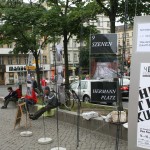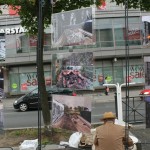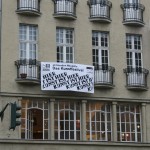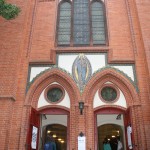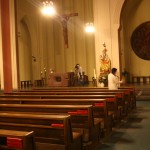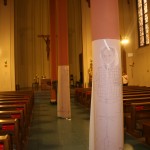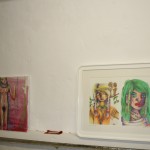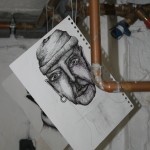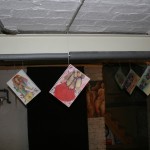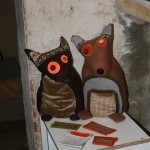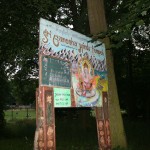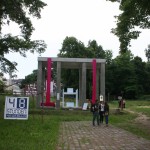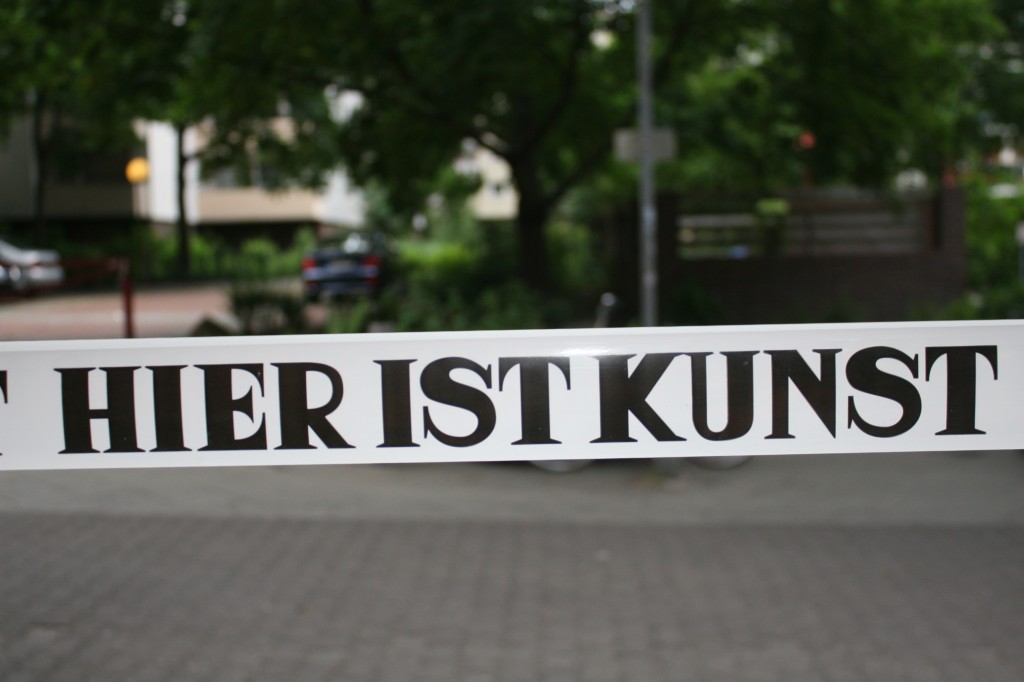
Known for its scope as the largest annual art festival in Berlin, this year’s 48 Stunden Neukölln, taking place from the 14th to the 16th June, managed to attract a lot of media attention and visitors to the often disregarded Berlin district – Neukölln.
The specific aspect of the festival is its openness when it comes to participation. Every artist or resident, living in Neukölln, is welcome to register and thereby get involved. There is no jury that decides what fits the program, and as long as the deadlines are met, all cultural events imagined by Neuköllner artists, performers, dancers, and freelancers are welcome for presentation. The main concept of the festival is therefore ‘open access to everyone’, which presents itself as an opportunity for the realization of artistic and cultural projects that in the end improve the quality of life in the area.
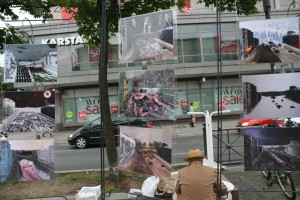
48 Stunden Neukölln, organized by Kulturnetzwerk Neukölln e.V., is held for exactly 48 hours – from 7pm on Friday to 7pm on Sunday. All parts of the program take place in the “Altstadt” of Neukölln and a new motto is chosen each year. This year’s eye-catching motto, found on almost every building, as soon as one approached the Neukölln area, was Hier ist Kunst, or Here is Art: a catchy phrase that invited all visitors to join the Neukölln art world.
Of course, as many festivals of open nature such as this one, 48 Stunden Neukölln too had a lot of very qualitative and some less artistically–rich program. I would say, however, that its main goal of improving the cultural conditions in Neukölln was quite successful – the whole area seemed enlivened during the two days of the festival, with many visitors both from this district and from all over Berlin. The atmosphere was cheerful: music, art, theatre, and different voices of expression overflowed Neukölln during this period.
The first venue I went to was part of the festival’s sub-group of events, Stimmen der Religionen, or the Voices of Religion. The idea was to organize programs related to religion and spirituality in all five major religious buildings in the neighborhood – Evangelic Community, Catholic Church of St. Clara, Evangelic Genezareth Church, Hindu Temple of Sri Gangesha and Sehitlik Mosque. The inclusion of different religions through various installations, prayers, or exhibitions served the purpose of increasing tolerance among the different religious and ethnic groups of this highly diverse and nationally mixed area.
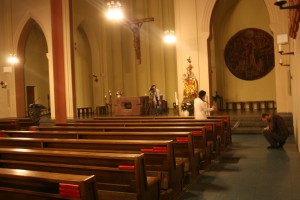
The installation I visited was a project that took place in the Catholic Church of St. Clara, and was organized by a local artist – Kei Takamura. The title of the installation was Five Stories, through which the artist tried to explain her personal relationship with the St. Clara catholic community. The idea was to blur the border between holiness and banality, which she did by simulating the cleaning of the church floor as an act done out of dedication to God’s holy ground. During her performance, Takamura exchanged five different masks that represented people from different backgrounds. This act managed to emphasize the importance she places on the change in perspective when dealing with religious subjects, which can always be looked at from many different angles.
Looking at things from different vantage points seems to have been a common motif in the Voices of Religion part of the festival. The Sri Ganesha Hindu Temple hosted a video-installation, composed of interviews with Hindu people of various professions on the Hindus’ concept of sacrifice in their everyday lives. The installation was organized by an artist from Greece––Eleni Papaioannou. Her idea was to screen the video on an outdoor structure resembling an open temple – built specially for this occasion – through which she wanted to emphasize the importance of the temple as a holy architectural form in Hinduism and its relevance to the concept of sacrifice, discussed in the video. The installed open temple therefore took over the role of an altar, on which the personal stories about sacrifice became ‘sacrificed’ themselves. Through this very interesting concept, the artist managed to express her reluctant attitude towards the necessity of sacrifice in Hinduism, whilst staying respectful towards the religion itself by remaining in its framework through a temple-like installation.
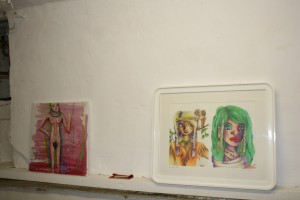
48 Stunden Neukölln art festival had a lot to offer this year––even by just wandering around the area I managed to run across several exhibitions worth visiting. One was right at Hermannplatz, titled 9 Szenen, or 9 Scenarios––portraying leaps in time, in which Hermannplatz is shown through different potential future scenarios. It was slightly disappointing that they were not shown in higher resolution, but only in the small A3 format, which I felt did not leave enough space for the deserved visual attention each of the nine prints commanded. Nonetheless, this smallest exhibition I’d ever visited, with only nine pictures, was still a futuristic enough experience, which was its initial purpose. Other than this one, I managed to visit a ‘gallery’ in the basement of an artist that mostly works with portraits, either paintings or drawings. Her choice of basement as the setting was quite an interesting setup that gave a flare of mystery and enigma to the already intriguing portraits.
This year’s 48 Stunden Neukölln most certainly proved once more how art breaks barriers. In all honesty, my first visit to the Neukölln area happened only during the festival events earlier in June. The festival was also a proof of how there is never an excess of art and cultural events even on the already culturally rich Berlin scene. The broad range of venues at the 48 Stunden Neukölln had something to offer to everyone. It was definitely worth visiting, even if I only saw just a tiny bit of a large program. The Neukölln borough is perhaps the most culturally and nationally diverse in Berlin, and an occasional visit to it, at least––with or without the festival taking place––is definitely a valuable one.
Photo gallery:

